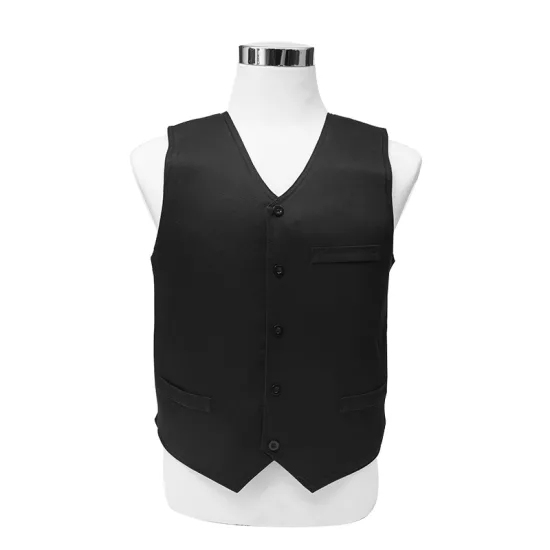Writer: admin Time: 2023-08-25 16:13:20 Browse:
Throughout history, warriors and soldiers have relied on armor to protect themselves in battle. As armor-making techniques advanced, the weight of armor evolved, impacting the mobility and endurance of the wearers. In this article, we will explore the evolution of armor weight from ancient times to the development of steel armor.
In ancient times, armor was crafted from materials like leather, cloth, and bronze. Ancient Greek and Roman hoplites and legionnaires wore relatively light armor, which allowed for greater agility in battle. Typical armor of this period weighed around 20 to 30 pounds (9 to 13 kilograms).
Medieval knights and soldiers wore heavier armor to counter the advancements in weaponry. Suits of plate armor, made from metal plates, offered superior protection but also increased weight. A full set of plate armor could weigh between 45 to 60 pounds (20 to 27 kilograms).
During the Renaissance, armor design underwent changes, and the transition to steel armor began. Steel offered improved protection at a relatively lighter weight than earlier materials. Full suits of steel armor typically weighed around 30 to 50 pounds (13 to 23 kilograms).
In the late medieval and early Renaissance period, full plate armor became popular among knights and nobles. Full plate armor sets weighed approximately 50 to 70 pounds (23 to 32 kilograms).
With the advent of gunpowder and firearms, the effectiveness of heavy armor declined on the battlefield. As warfare changed, armor weight decreased to improve mobility and maneuverability.
During the late Renaissance and into the modern era, armor evolved into lighter combat gear, such as cuirasses and helmets made from steel or other materials. These provided essential protection without encumbering the wearer with excessive weight.
In modern times, body armor has further evolved to meet the demands of contemporary warfare. Advanced materials like Kevlar? and ceramic plates offer excellent protection at significantly lighter weights.

Today, specialized armors cater to different military and law enforcement needs, such as bulletproof vests, bomb suits, and riot gear. These are designed to protect while allowing for enhanced mobility and reduced weight burdens.
The evolution of armor weight throughout history reflects the ongoing quest to strike a balance between protection and mobility. From ancient leather and bronze armor to the development of steel and modern body armor, advancements in materials and design have influenced the weight and effectiveness of protective gear. The progression towards lighter, specialized armors has allowed warriors and soldiers to maintain their agility and endurance in the face of ever-changing battlefield challenges.